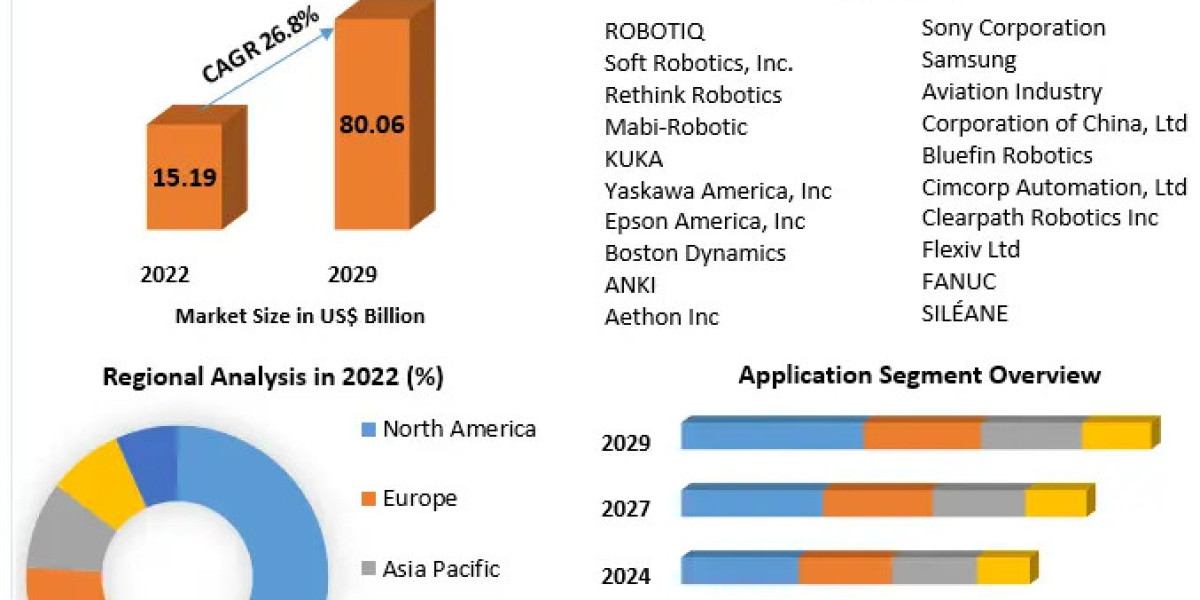In today’s tech-driven world, the role of a full stack developer is more critical than ever. As businesses increasingly seek robust and dynamic digital solutions, developers who are proficient in both front-end technologies and back-end systems have a competitive edge. This comprehensive guide will take you through the journey of becoming a full stack developer, focusing on mastering front-end and back-end skills while integrating AI-powered solutions into your projects.
Understanding Full Stack Development
Full stack development involves working on both the client-side (frontend) and server-side (backend) of web applications. A full stack developer is akin to a Swiss Army knife in the tech world, equipped with diverse skills that enable them to handle everything from user interface design to database management. This versatility is essential in modern development environments, where the demand for seamless user experiences and efficient data processing is at an all-time high.
Mastering Frontend Technologies
The journey begins with front-end development, which is all about creating engaging user interfaces. Proficiency in HTML, CSS, and JavaScript is crucial, as these languages form the backbone of web design. Today’s front-end technologies extend beyond basic languages. Frameworks like React, Angular, and Vue.js have transformed how developers build interactive user interfaces, enabling faster development cycles and more dynamic user experiences.
In addition to frameworks, understanding responsive design is vital. With users accessing websites from various devices, your applications must adapt seamlessly. Tools like Bootstrap and Materialize help streamline this process, allowing developers to create fluid layouts that enhance user engagement.
Diving into Backend Development
Once you’ve mastered the front end, it’s time to delve into the backend, where the real magic happens. Backend development involves server-side programming, database management, and application logic. Languages such as Node.js, Python, Ruby, and PHP are popular choices for building robust backend systems.
Understanding databases is also essential. Whether you choose SQL-based systems like MySQL and PostgreSQL or NoSQL options like MongoDB, knowing how to manage data efficiently is critical. An understanding of RESTful APIs and how they facilitate communication between the front end and backend is equally important.
Integrating AI-Powered Solutions
As technology continues to evolve, AI is increasingly becoming a cornerstone of web development. From chatbots enhancing user interaction to machine learning algorithms powering recommendation engines, AI can significantly improve web applications' functionality and user experience.
Incorporating AI requires familiarity with various tools and libraries. TensorFlow and PyTorch are popular frameworks for building machine learning models, while platforms like Google Cloud and AWS offer AI services that developers can integrate into their applications. Learning how to leverage these technologies not only enhances your skill set but also positions you as a forward-thinking developer in a competitive job market.
The Importance of Continuous Learning
The field of web development is dynamic, with new frameworks, tools, and best practices emerging regularly. As a full stack developer, maintaining a commitment to continuous learning is essential. Online platforms such as Coursera, Udemy, and edX provide a wealth of resources, from beginner courses to advanced certifications.
Engaging with developer communities, attending workshops, and contributing to open-source projects can also enhance your skills. These activities foster networking opportunities and expose you to different perspectives and solutions in web development.
Tools and Resources
To support your journey, various tools can streamline your development process. Version control systems like Git enable collaborative coding and project management. Development environments such as Visual Studio Code or WebStorm offer integrated solutions for coding, debugging, and deployment.
Additionally, utilizing a mobile app cost calculator can help you estimate the financial implications of developing mobile solutions, whether they complement your web applications or stand alone. This tool can be invaluable for planning and budgeting your projects effectively.
Building a Portfolio
A strong portfolio is crucial for showcasing your skills and attracting potential employers or clients. Document your projects, emphasizing both front-end and back-end work. Include case studies that outline your thought process, challenges faced, and solutions implemented. This not only highlights your technical expertise but also demonstrates your problem-solving abilities and creativity.
Career Opportunities and Future Trends
As you gain experience and develop your portfolio, numerous career opportunities await. Full stack developers are in high demand across industries, from startups to established corporations. Roles may include web developer, software engineer, or even tech lead, depending on your level of expertise and experience.
Looking ahead, the integration of AI and machine learning into web applications will continue to rise. Understanding how to implement these technologies will set you apart in the job market. Additionally, with the growing emphasis on user-centric design and responsive applications, full stack developers who excel in both frontend and backend technologies will be essential to creating future-ready solutions.
Conclusion
The journey to becoming a full stack developer is challenging yet immensely rewarding. By mastering front-end and backend technologies, integrating AI-powered solutions, and committing to lifelong learning, you can position yourself as a leader in web development. Whether you are looking to build applications that stand out or provide comprehensive web app development services, the skills you acquire will be invaluable.















